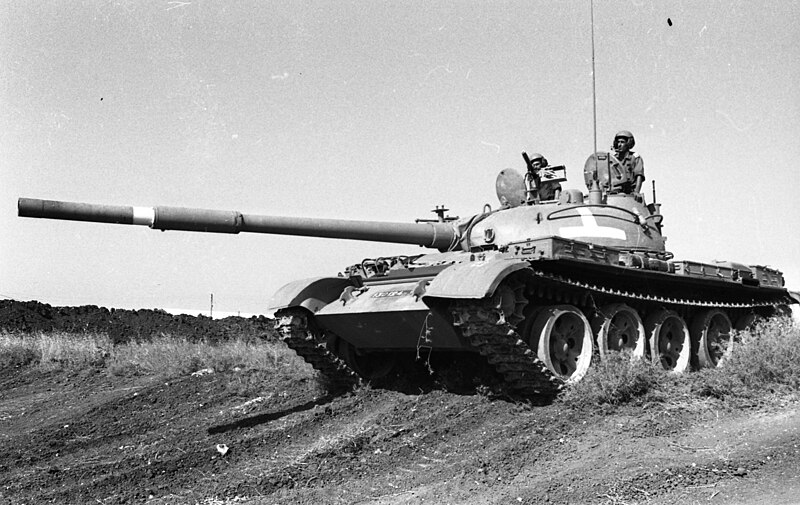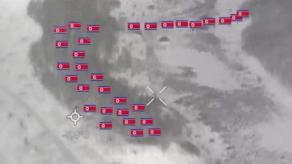The fact that russia and iran have been supplying Hezbollah with weapons, including a large number of anti-tank missile systems, is not a secret. But the quantity of Kornet and Almas ATGMs captured by the Israel Defense Forces (IDF) during Operation Northern Arrows against Hezbollah in Lebanon has surprised Israeli authorities.
According to Israel Hayom, the Israeli Defense Ministry is now considering integrating these captured systems into regular service, forming dedicated units to operate them.
Read more: Israel Locates and Destroys Hezbollah’s DR-3 Cruise Missile Site in Lebanon, russia May Be Involved

Initially, the military had planned to dispose of the captured weapons. But as the numbers of captured ATGMs and spare missiles grew, the plan was revised.
Although the exact number remains undisclosed, reports indicate that "dozens of trucks" carrying captured weaponry have already been transported to Israel from Lebanon where the operation still continues.
11 truckloads of weapons were found by our troops in 2 underground terrorist compounds in southern Lebanon.Kornet missiles, launchers, hand grenades, various types of rifles, and other weapons were seized and brought back to Israel.Like any other country would, we will… pic.twitter.com/Y8CXEjl3bX
— Israel Defense Forces (@IDF) October 25, 2024
Notably, this isn’t the first time the IDF has made effective use of captured weapons. Israel has incorporated captured equipment into its arsenal since the early days of the country's existence, and especially after the 1967 Six-Day War: during that conflict, Israel captured 820 tanks and self-propelled artillery guns, including around 350 T-54/55 tanks.
Five years later, in the Yom Kippur War, the IDF captured 1,500 armored vehicles, including about 200 T-62s. In the 1982 Lebanon War, an additional 400 Soviet tanks were added to Israel's stockpiles.

Many of these Soviet tanks were restored and modernized by Israel, re-designated as Tiran 4 (T-54), Tiran 5 (T-55), and Tiran 6 (T-62). The modernization possibly included replacing the original 100mm guns with the American M68 105mm cannons.
By the mid-1970s, captured tanks made up about 20% of the IDF’s armored fleet, the largest percentage of all time. Israel began phasing them out in the early 1980s, with a portion sold to countries like Uruguay, though some remained in service into the late 2000s.

Starting in the late 1980s, Israel also began converting captured Soviet tanks into Achzarit heavy armored personnel carriers, producing about 500 of these vehicles, with roughly 100 still in service. Given this history, it’s plausible that the IDF may modernize and repurpose the captured russian and iranian ATGMs.

For a brief reminder, the Kornet ATGM is a missile using "laser beam riding type of guidance and has a range of 5.5 kilometers. The iranian Almas is a family of ATGMs with varying capabilities: the Almas-1 has a range of 4 km, Almas-2 (production status uncertain) reportedly has a range of 8 km, and Almas-3 reaches between 10 and 16 km, depending on the source. Most Almas missiles use fiber-optic wire guidance, similar to the Israeli Spike.
Read more: Heavy IFV on Tank Chassis: Forgotten Concept Revived by Ukrainian-russian War














